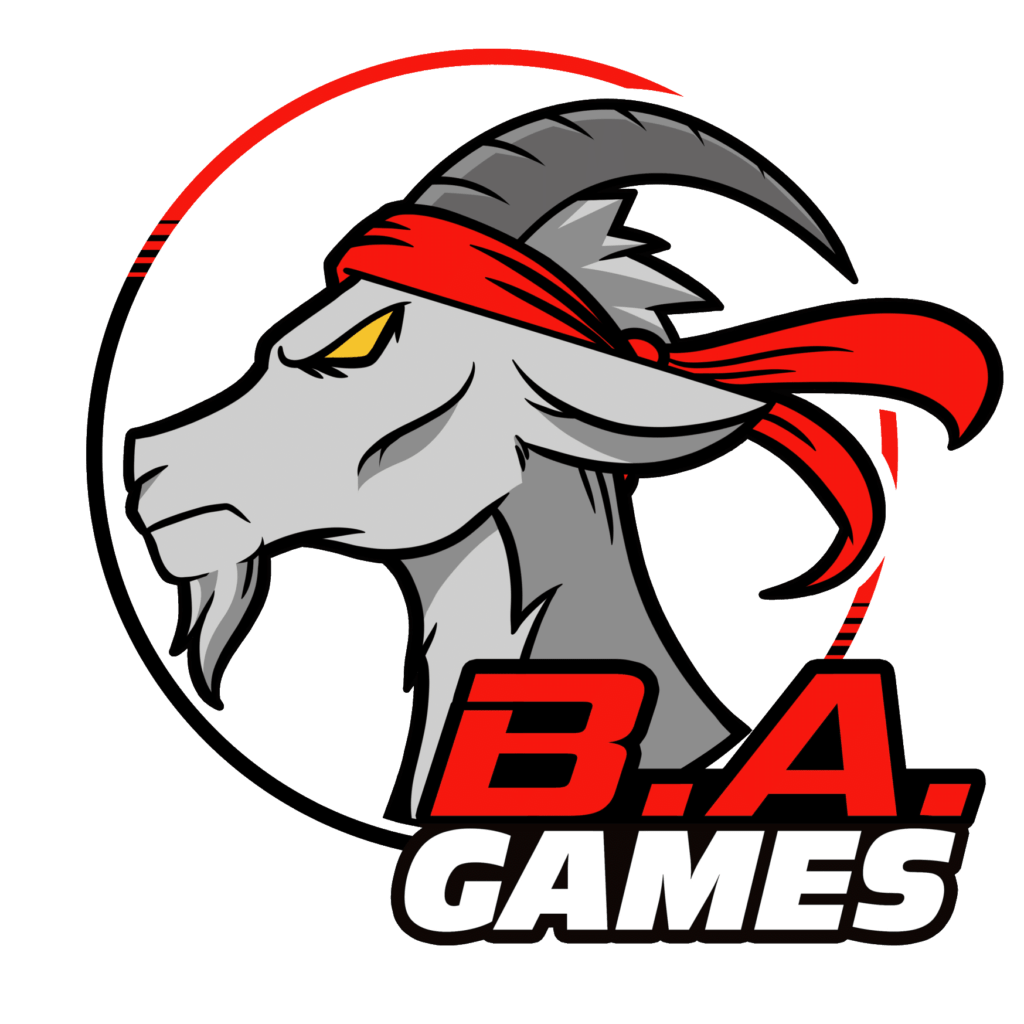Guest Post by Jon Vallerand of Subsurface Games
Introduction by Sam “King of the Hilltop”
- Introduction
Today we have a guest game designer and soon to be self-publisher, Jon Vallerand of Subsurface Games. They are a blogger who has been writing about topics and issues in game design since October 2019. They have been a mentor helping people refine their game design processes for the Tabletop Mentorship Program, which is where I met them. Their game, With a Smile & a Gun, will be hitting Kickstarter July 14th. Without further fanfare, I give you, Jon Vallerand!

Thank you Sam!
I started designing games in 2015, thinking I’d be an independent artist, with beret and scarf in the wind, maybe one of those long cigarette holders like in the movies. Any business matter was beneath me: I was there for THE ART!
Which made it a shock when I decided to self publish my game a year ago. So many things showed their noses that I wished I had thought of earlier:
- All the small things
I’m not a detail-oriented person. I have ideas of what I want my games to be, what I want the product to end up being, but by going through the process, you realize that every question you thought you had is now actually a million subquestions.
When I sent my first RFQ (Request For Quote) to a manufacturer, I had a panic attack when it came to box sizes: I could choose any number in the world. It affects so much –the cost of the box itself, but also shipping costs, pallet costs, shelf size, would all the stuff fit inside, how big can the board be– and there was no default answer to go to. It’s an optimization with a million variables, and going from 200mm to 201mm can be what doubles the shipping costs.
In the end, I decided to think like a gamer: it’s a 2-player game, and when I get it, I want it to be with my Patchwork, my Lost Cities, my 7 Wonders Duel, so I went with the “standard” 8x8x2 box, thinking for sure a more established publisher had done the math before me.
Then they came back with a simple question that exacerbated it all: How thick should the box be? WHAT DO YOU MEAN HOW THICK? BOX THICKNESS!
Literally, all the small things are up in the air. It’s easy for me to think about big picture things, but these were absolutely bonkers.
In the end, you need to make a judgement call, take a few guesses, and compare them. You can’t compare every single potential box size on every single potential impact, but you can make a few educated guesses, based on standards of the industry–they’re standards for a reason.
- Connect with people
I created my Twitter account in 2014. I’ve been active on BGG (BoardGameGeek.com) since 2011. I rarely, if ever, spoke about my designs there until maybe a year and a half ago, which I very much regret. I thought, “Publishers will handle the promotion; I’m just here being a cool indie artist, marketing is not for me.” Marketing is still not for me, mind you.
That being said, in the last year and a half, I’ve connected with a lot of people. I’ve gotten a lot of people excited about my game. It’s not just that they’re potential backers –I mean, that’s great too!– but it’s also more feedback, more interest, more excitement, which in return makes me more interested and excited about the project too!
One thing I’ve done often on social media is a “Name my stuff” post. I take an element from my game, and start brainstorming names with people. A lot of people participate, it’s incredibly helpful, and it brings us all closer together, it gets everyone more interested in the project, because in a way, they’re a part of the team.
- Design pitch-first
As a game designer, you’re probably well aware that you need to test and test and test again. One part I don’t think we test enough is our pitch.
When I started designing, I’d start from a mechanical idea: I want to make a set collection game with a Yahtzee, choose-your-own-scoring system. Then I’d design towards that goal, and at the end, have a perfectly good game I had to figure out how to get people interested in.
Now, before I prototype anything, I try to turn my core concepts into pitches, whether a pun title, a mechanical hook, or a new theme: “In this game, you’re a PR firm trying to get the public to love the local superhero. You have to let things get juuuuust bad enough, that when you come in and save the day, it looks good!” Then, I share it on social media (remember, share it early, share it often!), and gauge how people react. I have many more ideas than I can work on, so if one doesn’t get any traction, it goes back in the book until I find a way to use it as a hook.
Once I have a good hook, it becomes the vision statement for the whole game. I design towards that, it’s the game I want to get made. When I’m at a crossroads, I try and find what choice would best support that vision.
You can always make a pitch after the game has been designed, but it’s a lot more work, and it might just… never lead to a good one. By starting with your pitch, you know it’s there, and by designing towards it, you know your final product will be aligned with it.
If you want to read more about this process, I’ve talked about it on my blog: https://subsurfacegames.ca/2019/11/26/designing-pitch-first/
- Keep costs in mind during the design process
One of the things I most regret about this whole thing is not having limited some of my games’ component counts during development.
My card game Off the Record requires a board and about three sheets of punchboard: that’s the difference between a 15$ 6 Nimmt! and a 30$ 7 Wonders Duel. Now, is the game better with the board and chits? For sure! But had I decided early on that it would be a card-only game and made different decisions during the process, the game could have been just as good, and I’d have a much easier sell in hand, a card game I could get made locally and ship in envelopes. I could go back and change it, but by now it would require reworking the entire game.
It’s a difficult muscle to work out! But now, those issues I was shoveling forward to the publisher end up being much harder to take care of after the fact!
Hopefully this is useful to readers, whether game designers or first time publishers. Those are the things I wish someone had told me 5 years ago, so hopefully I’ve convinced some people!
If you’re interested in more material like this, you can hop on my blog at Subsurfacegames.ca.
With a Smile & a Gun is a 2-player dice drafting game set in a noir reimagining of the Prohibition era, where you draft the last 4 not because you need it, but because your opponent does. It’s a quick, but puzzly area majority game, with a highly variable setup and a lot of ways to feel clever… or to make your opponent swear. If you want to be notified when the KS campaign goes live, go to WithASmileAndAGun.com.
If you enjoyed the blogs above and are interested in what is happening at B.A. Games and our upcoming game Cult of the Deep, please join our monthly newsletter below.
